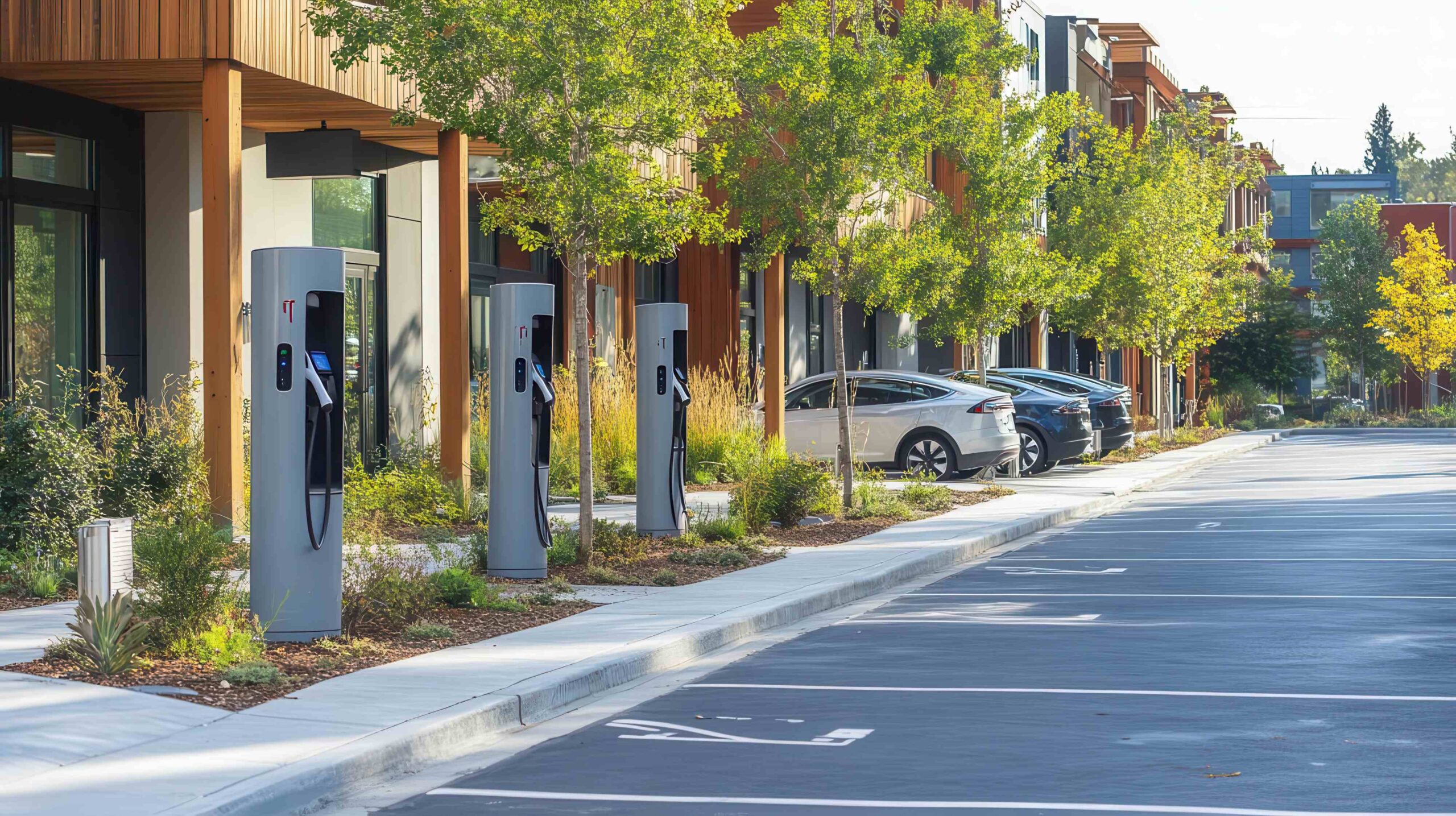Case Studies
The Brief
Our objective was to evaluate the demand for electric vehicles in selected right-hand-drive markets across Asia, Europe and Oceania, providing the client with clear, actionable insights to support their strategic market entry decisions. The research aimed to measure consumer attitudes, size the target audience, and assess the market opportunities.
Our objective was to evaluate the demand for electric vehicles in selected right-hand-drive markets across Asia, Europe and Oceania, providing the client with clear, actionable insights to support their strategic market entry decisions. The research aimed to measure consumer attitudes, size the target audience, and assess the market opportunities.

The approach
We employed a mixed-methodology approach to gather both quantitative and qualitative data. A 10-minute online survey was conducted with 1,000 consumers per market, exploring electric vehicle sentiment, drivers, and barriers. This was supplemented with ethnographic in-depth interviews, focus groups, and online discussion boards to capture more detailed insights into consumer behaviours, purchase and ownership experiences (where relevant) and responses to potential vehicle designs and specifications.
We employed a mixed-methodology approach to gather both quantitative and qualitative data. A 10-minute online survey was conducted with 1,000 consumers per market, exploring electric vehicle sentiment, drivers, and barriers. This was supplemented with ethnographic in-depth interviews, focus groups, and online discussion boards to capture more detailed insights into consumer behaviours, purchase and ownership experiences (where relevant) and responses to potential vehicle designs and specifications.

The challenge
The key challenge was ensuring analytical consistency across diverse markets, each with its own unique consumer behaviours and perceptions of electric vehicles. The need to examine each market through a nuanced lens required careful consideration and tailored analytical approaches to capture the subtleties of each market.
The key challenge was ensuring analytical consistency across diverse markets, each with its own unique consumer behaviours and perceptions of electric vehicles. The need to examine each market through a nuanced lens required careful consideration and tailored analytical approaches to capture the subtleties of each market.

The insight
While the research revealed varying levels of electric vehicle acceptance across the different markets, it suggested significant market potential within each one. The resulting insights offered a detailed understanding of the market landscape, uncovering the key factors impacting consumer purchase decisions, including the influences that can drive them towards (or away from) electric vehicle adoption.
While the research revealed varying levels of electric vehicle acceptance across the different markets, it suggested significant market potential within each one. The resulting insights offered a detailed understanding of the market landscape, uncovering the key factors impacting consumer purchase decisions, including the influences that can drive them towards (or away from) electric vehicle adoption.

The outcome
The client developed a comprehensive view of electric vehicle demand in key right-hand-drive markets, enabling them to refine their strategic planning and make informed decisions. The research highlighted specific opportunities and challenges within each market, helping the client tailor their market entry strategies, brand positioning, and communications to align with local consumer preferences.
The client developed a comprehensive view of electric vehicle demand in key right-hand-drive markets, enabling them to refine their strategic planning and make informed decisions. The research highlighted specific opportunities and challenges within each market, helping the client tailor their market entry strategies, brand positioning, and communications to align with local consumer preferences.


